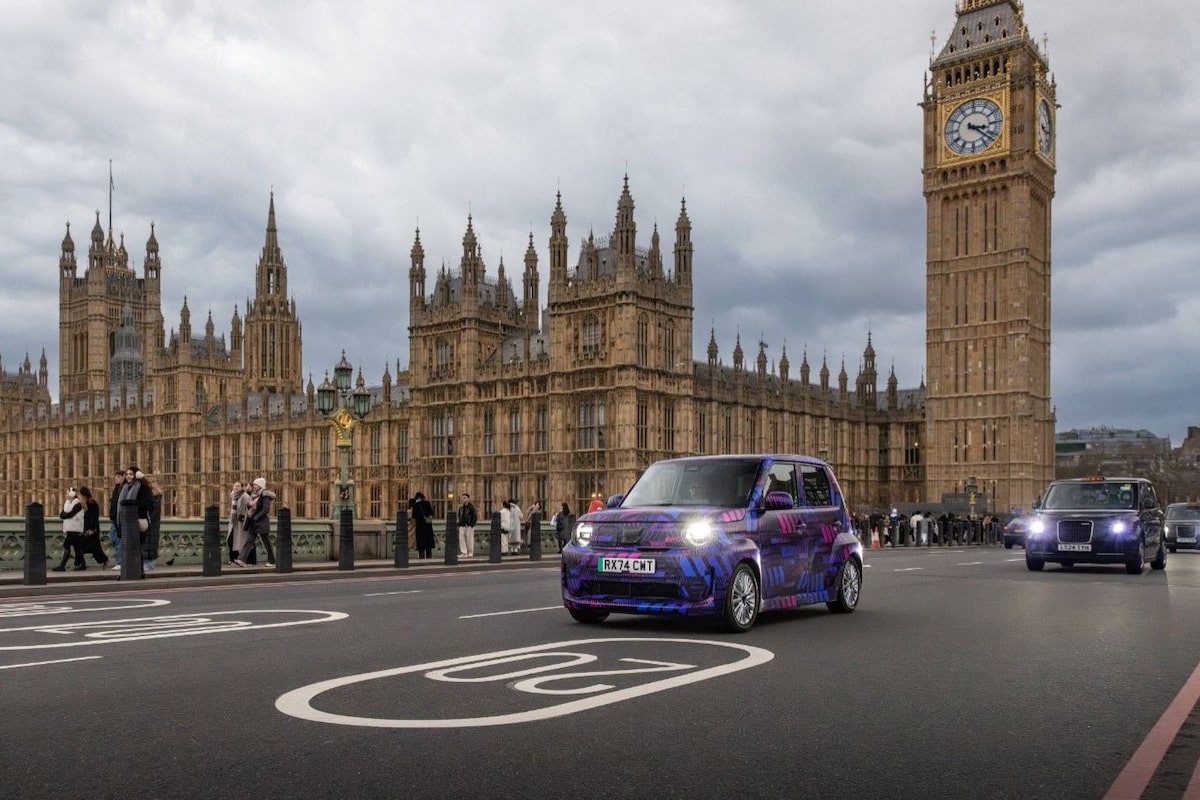London’s congestion charge: a model for Paris?

Long criticized when it was introduced in 2003, London’s Congestion Charge has become an indispensable tool.
As London confirms a major reform of the scheme from January 2026, the question arises: what if this pragmatic approach were more effective and better accepted than excessive pedestrianisation or dramatic increases in parking fees in Paris?
When the measure came into effect more than twenty years ago, it sparked a political storm. Yet its results were quick and measurable: up to 16% less traffic in the central zone during the first year, a 30% drop in cars, and a 32% reduction in congestion. Bus ridership jumped by more than 30%, while road accidents fell by about 40% within the affected area. Over time, opposition waned, and the Congestion Charge is now widely accepted as an effective, fair and transparent tool.
More expensive, more effective
The reform formalized for 2026 reinforces the original logic: the charge will rise from £15 to £18, and electric vehicles, previously exempt, will now have to pay, but with significant discounts. Electric light commercial vehicles, HGVs and quadricycles registered on Auto Pay will benefit from a 50% discount, while private electric cars and private hire vehicles (PHVs) will receive a 25% reduction. In 2030, these levels will fall respectively to 25% and 12.5%. A deliberate choice: even if locally clean, EVs are saturating public space. Between 2019 and 2025, their registrations in the zone rose from 20,000 to more than 116,000, threatening to nullify the gains achieved.
The reform also introduces a 90% discount for current residents, maintained on a transitional basis, and a full discount for electric car-sharing vehicles operating “back to base”. Finally, a mechanism will allow the charge to be automatically adjusted according to changes in underground fares, to prevent cars from becoming financially more attractive again.
You might be interestedin this article:
Faced with these concrete results, could Paris — bogged down by the proliferation of restricted zones, the sometimes poorly understood narrowing of traffic lanes and parking fees seen as punitive — draw inspiration from the London model? A clear, variable access fee aimed at reducing traffic rather than pure geographic restriction could offer a more effective, less contentious… and above all, better accepted alternative by users.
ALSO READ: New York has implemented an urban toll
This page is translated from the original post "Le péage urbain de Londres : un modèle pour Paris ?" in French.
We also suggestthese articles:
Also read



